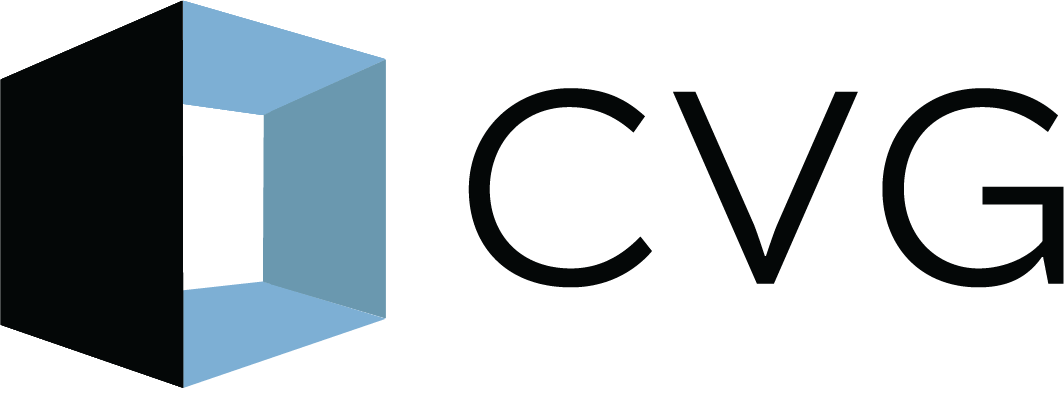Business Development for Architects Is Like Driving a Car
By Todd Reding, CEO and Partner, CVG
Many firm leaders ask, “What are you seeing in the economic trends?” They often want to know, “Is the market slowing down?” and seek some clairvoyant insight into conditions over which they have no control. Mostly, their obsession with answers to these questions signifies an approach to business growth that is more centered on answering the phone and responding to inbound inquiries than the hard work of active and consistent business development. Over time, there is a direct correlation between the pace of business growth and the firm’s investments in business development activities.
If you want your car to move faster, you must press the gas pedal further regardless of the hills you are climbing, the winds that are blowing, or uncontrollable weather conditions.
In architecture – like most businesses – the journey to success is akin to navigating the winding roads of a complex journey. Beyond design, architects must adeptly maneuver through the lanes of strategy, branding, networking, and client relationships. This article explores how the practice of business development for architects is like driving a car, where a well-defined path, strategic maneuvers, and constant effort to move forward are essential. The greater the demand for new business, the more a firm must "press the pedal" and inject resources into business development activities, just like a driver accelerating on the highway.
1. Define your Process: The Roadmap
Just as a driver needs direction, architects must define their process for identifying and nurturing relationships with potential clients. Your business development “journey” is more than just responding to inquiries. It involves research to identify possible clients, outreach to establish relationships, and hundreds of activities to nurture these and position your company in the right place at the right time.
2. Build a Strong Brand: The Vehicle's Exterior
A vehicle's exterior is its first impression, much like a firm's brand in the architectural world. Building a strong brand is akin to ensuring your vehicle is polished and well-presented. From a professional website with a compelling message to a memorable logo, a cohesive brand enhances credibility, attracting clients who appreciate the visual allure and values your firm represents. When you engage potential clients your entire brand identity should be aligned with your values and capabilities. It should be intentional, consistent, and compelling.
3. Network Strategically: The Interconnected Highways
Navigating the highways of business development involves strategic networking, much like merging with the flow of traffic. Attend industry events, join professional organizations, and actively participate in online forums to integrate into the circulation of professional connections. These networks act as on-ramps to new opportunities, allowing architects to join the hubs of collaborations and referrals. When the demand for new business intensifies, strategic networking becomes the accelerator, opening up new lanes for growth and expansion.
4. Utilize Digital Marketing: The GPS for Visibility
In the digital age, a robust online presence acts as a GPS for visibility. A well-executed digital marketing strategy is like programming your GPS for the most efficient route. From a user-friendly website to active social media profiles, architects can guide potential clients to their virtual doorstep, ensuring they don't get lost in the vast expanse of the internet. When the need for new projects surges, digital marketing becomes the accelerator, propelling the firm into the digital landscape and attracting a wider audience.
5. Cultivate Client Relationships: The Smooth Drive
Smooth drives are built on well-maintained relationships, much like successful projects hinge on satisfied clients. Cultivate relationships through proactive, transparent, and frequent communication, active listening, and consistently delivering high-quality work. A satisfied client is not only a passenger on this journey but also a vocal advocate who recommends your services to others, ensuring a smoother drive for future projects. When the demand for new business rises, leveraging client relationships becomes the accelerator, creating a network of satisfied clients who drive referrals and repeat business.
6. Stay Informed About Industry Trends: The Vehicle's Tech Upgrade
Just as a vehicle benefits from the latest technological upgrades, architects should stay informed about industry trends, new methods and technologies that improve efficiency, and opportunities to strengthen the business. Attend webinars, read industry publications, and invest in continuous education to ensure your design vehicle is equipped with the latest features. An architect with an updated skill set is akin to a vehicle with state-of-the-art technology, navigating the roads with precision and innovation. Don’t let your vehicle become a clunker.
7. Embrace Collaboration: The Carpool
Effective collaboration is like carpooling to success. Foster relationships with professionals in related fields, much like picking up passengers on your journey. Building and nurturing a network of collaborators not only enhances the quality of your projects, but also expands the awareness and recognition of your services, leading to more extensive and more enriching journeys.
In the architectural landscape, business development is the road trip to success, and architects are the drivers navigating through challenges and opportunities. By treating business development like driving a car…
following a roadmap (your business development process);
maintaining a polished exterior (your branding);
navigating interconnected highways (your strategic networking);
utilizing a GPS for visibility (your digital marketing);
ensuring a smooth drive (your client relationships);
upgrading with industry trends (your tech upgrades);
and carpooling for efficiency (your collaborator network)
…architects can steer their firms toward greater profitability and success. As demand for new business accelerates, pressing the pedal becomes imperative, injecting resources and energy into the journey for continued growth and success.

